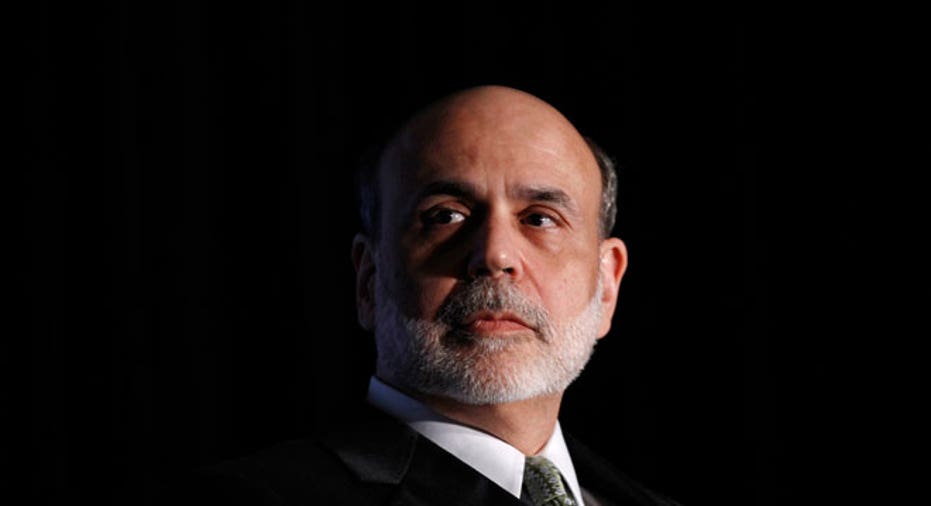Bernanke: Bond-buying, Lower Rates Helped Slumping Economy

Outgoing Federal Reserve Chairman Ben Bernanke said Thursday that five years of extraordinary -- and in some cases unprecedented actions -- to ward off a full-blown economic depression have been successful in stabilizing the global financial system.
“Markets are broadly within historical ranges, the financial system is stable and firms are well-capitalized,” Bernanke said during a wide-ranging question and answer session at the Brookings Institute in Washington, D.C.
The session was one of the final planned public speaking appearances by Bernanke, who is stepping down on Jan. 31 after two terms at the helm of the central bank. Janet Yellen, who served as vice chair under Bernanke through much of the recent financial crisis, is taking his place.
Bernanke defended and explained at length the Fed’s interventionist policies – near-zero interest rates, emergency lending measures and the controversial bailouts and bond purchases known as quantitative easing -- initiated in the fall of 2008 as global credit markets seized following the collapse of the U.S. housing market and the subsequent fallout.
“The Fed was created to address financial panics,” he said.
Despite the threat of unintended consequences posed each of these measures, Bernanke said the financial system has responded well and that the Fed is still capable of addressing potential threats such as runaway inflation that might result from five years of economic stimulus.
The Fed “has enough tools” to rein in inflation should it take off and keep interest rates stable even as the central banks maintains a massive balance sheet that currently stands at about $4 trillion, or more than four times its level prior to the financial crisis.
In addition, Bernanke reiterated the Fed’s position the accommodative policies will remain in place until the economy shows it can stand on its own.
Bernanke said the introduction under his watch of “forward guidance,” in which Fed policy makers provide forecasts of where key economic indicators will be in the future and how the Fed will likely respond, helped businesses, consumers and investors plan ahead as the crisis pushed the U.S. into a recession.
The joint decision by the Fed, Congress and the Bush administration to bailout a handful of major financial institutions with the Troubled Asset Relief Program was perhaps the most controversial of the Fed’s interventionist measures, Bernanke said.
He said he was told by a senator as TARP was being debated in Congress that the senator’s constituents were split 50/50 on TARP. “Fifty percent said no and fifty percent said hell, no,” Bernanke recalled to laughter.
The Fed chief, who was appointed by Republican President George W. Bush and reappointed by Democrat Barack Obama, said criticism that the Fed responded slowly to the crisis is unfair because the problems grew gradually.
“It was not clear in 2007 how serious it would be,” he said. It became a lot clearer in March 2008 when investment bank Bear Stearns collapsed due to bad bets on the housing market, and then later in the summer when the government took over federal housing entities Fannie Mae and Freddie Mac, and finally when Lehman Brothers imploded in September nearly taking AIG (NYSE: AIG) with it.
“It was very intense from September through the end of the year,” he said.
Bernanke said he was aware that central bankers and economists from around the world disagreed with the U.S. decision to bailout the banks, but that he and former Treasury Secretaries Hank Paulson and Timothy Geithner all agreed that it was the right thing to do.
“We did the right thing, I hope. We tried to do the right thing,” Bernanke said.



















